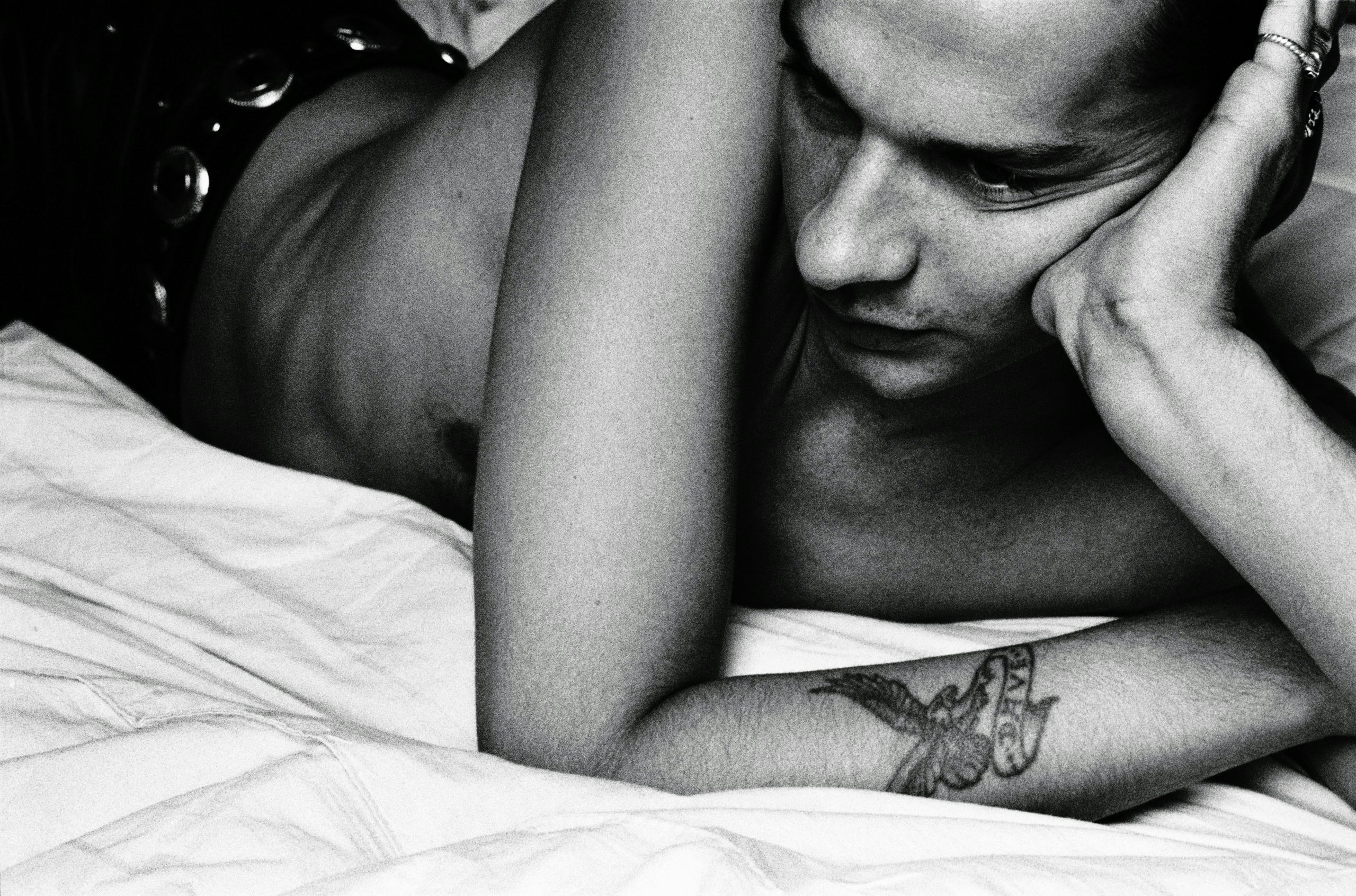Anton Corbijn on working with Depeche Mode
A new book published by Taschen documents the longstanding collaboration between Depeche Mode and photographer/filmmaker Anton Corbijn. Here, Simon Bainbridge talks to Corbijn about an almost unique partnership
It’s Sunday evening at the London Lyceum and Anton Corbijn is waiting for his friend to take the stage. Frank Tovey, aka Fad Gadget, is the enigmatic star-in-waiting of the new wave of British electronic bands about to take over the world, but right now he’s headlining a night promoted by Daniel Miller’s indie record label. The main support act is four young lads from Basildon who’d recently scored a Top 10 hit. They barely register on the discerning young Dutch photographer, who is just making his name in Britain, shooting a succession of often remarkable cover features for the NME that would propel him to the forefront of his craft. Instinctively, he raises his camera to his eye and shoots off nine or ten frames. Then he immediately forgets about them.
It never quite worked out for Tovey in terms of mainstream recognition, but the support act fared rather better. Their success transformed not just their own lives but also those of Miller and his fledgling music label, Mute Records, who’d go on to put out some of the defining albums of the next three decades, initially buoyed by the band’s sales. Depeche Mode, the support act that seminal night in London in 1981, became “the biggest cult band in the world”, as Corbijn now describes them. But not without a little assistance from the self-taught photographer-turned-filmmaker, who is these days credited as the unofficial fourth member of the band.
Nearly 40 years afterwards, trawling through his archives during lockdown in Amsterdam in preparation for his latest book, Depeche Mode by Anton Corbijn (published by Taschen in May following a sold-out limited collector’s edition), Corbijn was delighted to rediscover his pictures from the Lyceum. Dedicated to his four-decade collaboration with the band he’d hardly noticed first time around, the book’s sumptuous 500-plus pages reveal an almost unique relationship – one that extends way beyond the role of official photographer, with Corbijn becoming their de facto art director, shooting stills and videos as well as designing elaborate stage sets, making books, and even hand-painting their logo with a different design for each album. Almost, because – remarkably – Corbijn has a similarly multifaceted, longstanding relationship with U2.













